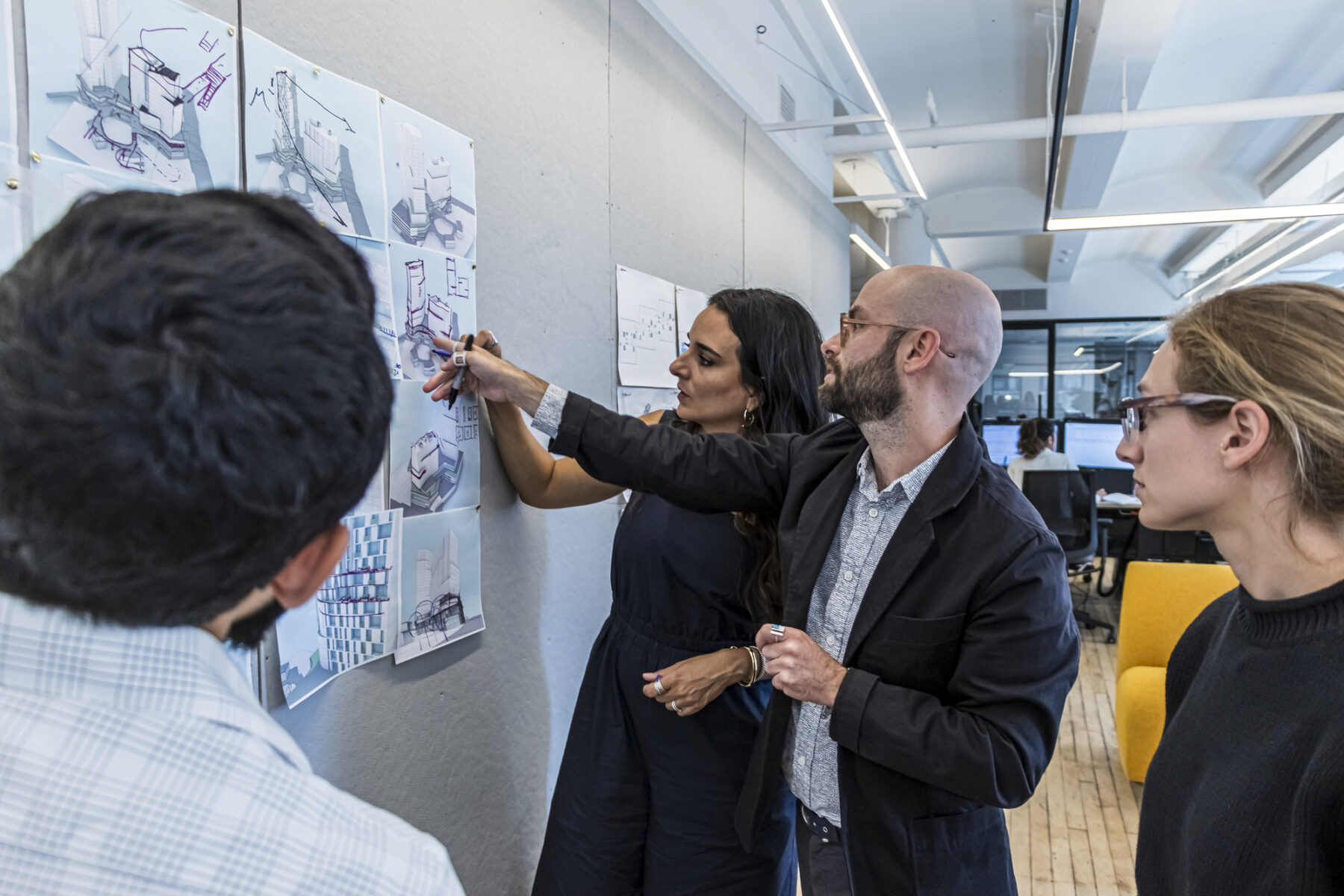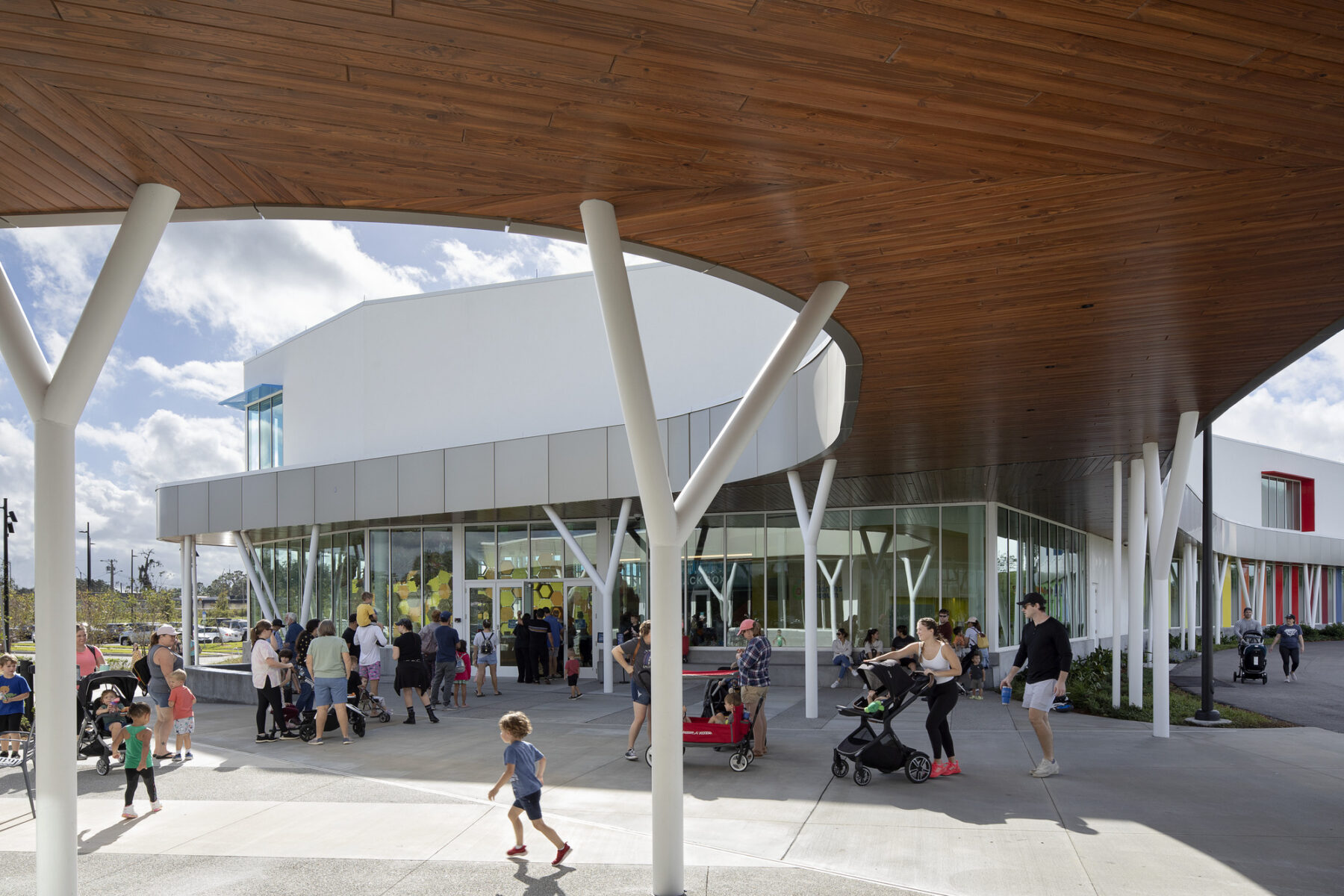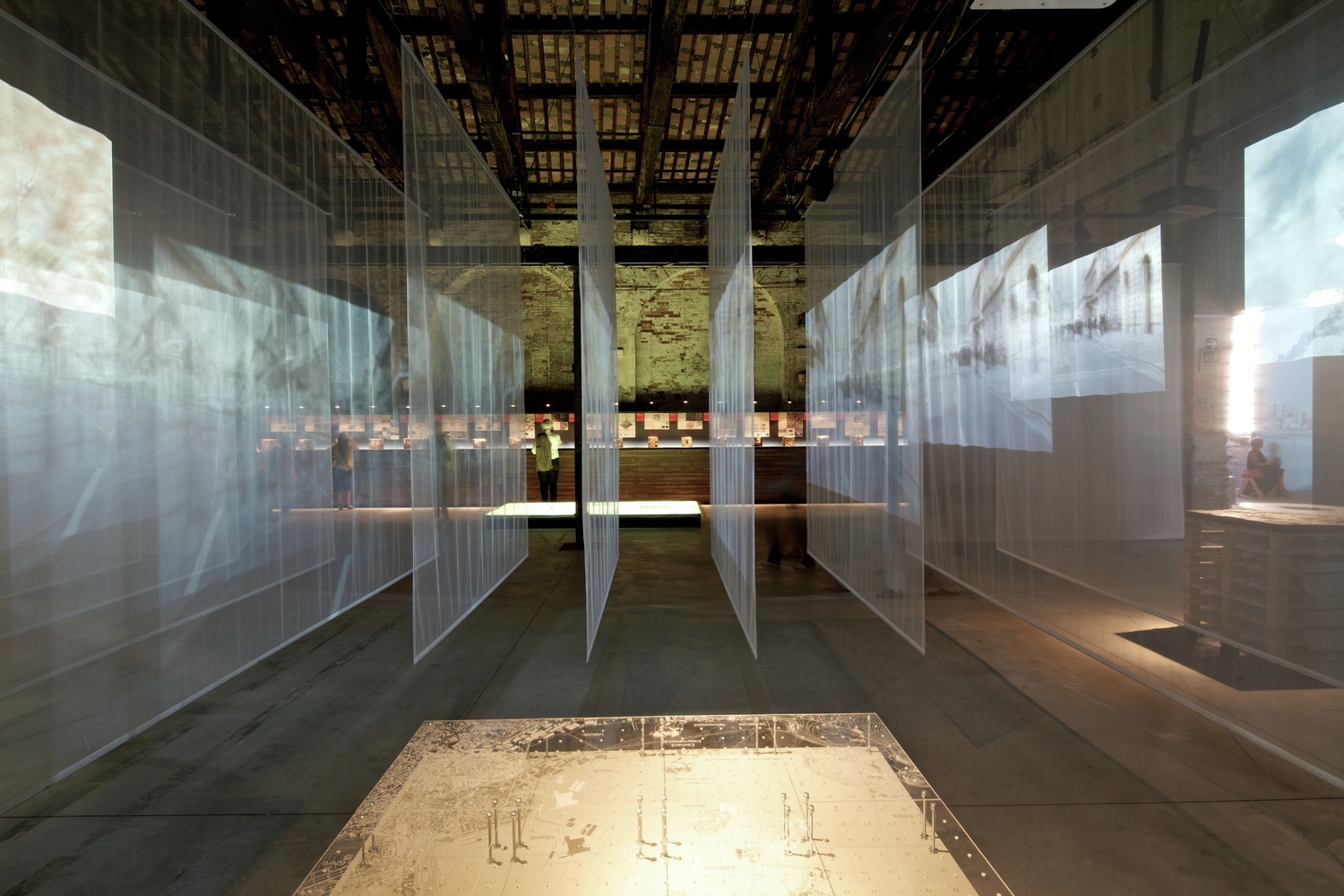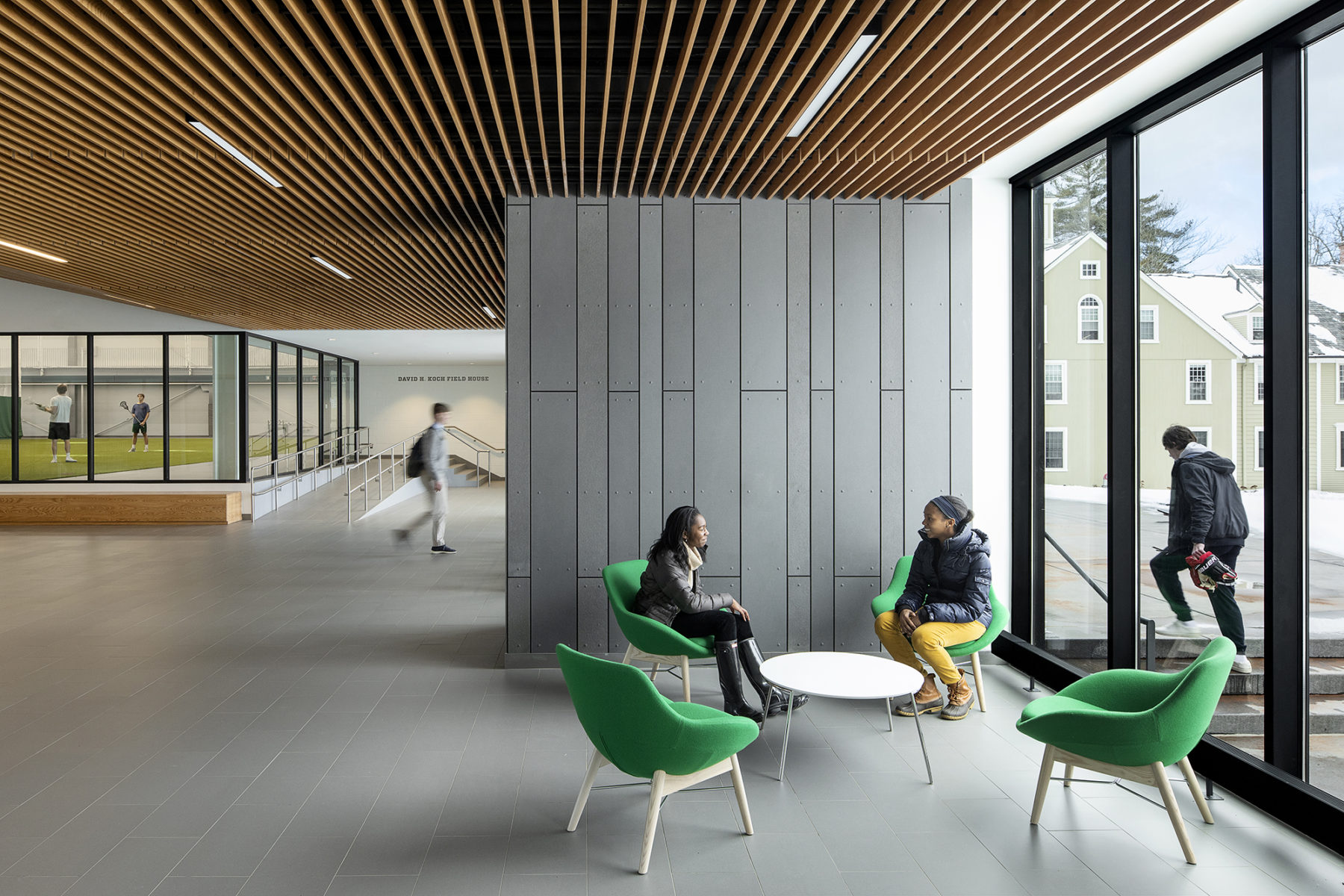Building Los Angeles: Ian Dickenson on Housing, Teaching, and Practicing Architecture with a Social Focus
Sasaki Associate Principal and architect Ian Dickenson built a career on integrated design and rethinking urban life. To him, the best designs can be found in the spaces in-between.








